How much do you all know about Hideyo Noguchi? As the face of the 1,000 yen bill, he’s a prominent figure many of us see daily, but not everyone knows the details of his achievements. Hideyo Noguchi overcame the disability of a burn injury to his left hand, suffered in childhood, through immense effort and went on to make significant contributions to the world through his research on yellow fever. However, Noguchi also had a lesser-known side—he was notoriously careless with money and women. Today, let’s delve into the lesser-known aspects of Hideyo Noguchi.
Who Was Hideyo Noguchi?
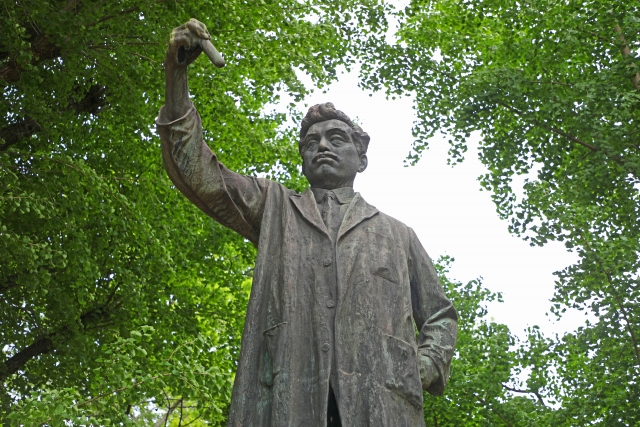
Hideyo Noguchi was a Japanese medical scientist born in 1876 in Inawashiro, Fukushima Prefecture. As a child, he suffered a severe burn on his left hand, but with the support of those around him and his own efforts, he overcame this difficulty. This experience sparked his interest in medicine and led him to pursue a career as a doctor. Noguchi studied relentlessly, often sacrificing sleep, and eventually became a doctor in Japan. However, due to his childhood injury, he found it challenging to perform his duties satisfactorily as a physician and decided to pursue a career in research instead. He later moved to the United States and dedicated himself to research at the Rockefeller Institute for Medical Research, gaining worldwide recognition.
Noguchi became particularly famous for his research on infectious diseases, and his work on yellow fever earned him a nomination for the Nobel Prize. His research contributed significantly to saving many lives. However, in 1928, while conducting yellow fever research in Accra, West Africa (now the Republic of Ghana), Noguchi contracted the disease himself and passed away at the age of 51.
Hideyo Noguchi’s life is a remarkable story of overcoming personal hardship and using the power of medicine to help others. His dedicated approach and deep passion for science continue to inspire many people today.
A Brief Chronology of Hideyo Noguchi
Let’s take a look at the specific life events of Hideyo Noguchi in a simple chronological format.
| Year | Event |
| 1876 | Born in Mitsuwa Village (now Inawashiro Town), Yama District, Fukushima Prefecture. His original name was Seisaku. |
| 1878 | Fell into a hearth and suffered severe burns on his left hand. |
| 1884 | Underwent surgery on his left hand by Dr. Saito Yukimoto. |
| 1892 | Underwent further surgery on his left hand by Dr. Kanae Watanabe, the director of Kaiyō Hospital in Aizu-Wakamatsu. |
| 1893 | Graduated with honors from Inawashiro Higher Elementary School. |
| 1896 | Moved to Tokyo and passed the preliminary medical practice examination. Worked at Takayama Dental School through the generosity of Dr. Morinosuke Chiwaki. |
| 1897 | Entered Saisei Gakusha Medical School. Underwent another surgery on his left hand by Dr. Tsugu Shibata, a professor of surgery at Imperial University, introduced by Dr. Chiwaki. |
| 1897 | Passed the final medical practice examination and obtained his medical license. Became a lecturer at Takayama Dental School and worked at Juntendo Hospital. |
| 1898 | Became an assistant at the Kitasato Institute for Infectious Diseases. Changed his name to Hideyo during a home visit. |
| 1901 | Moved to America and became an assistant to Dr. Simon Flexner at the University of Pennsylvania. |
| 1901 | Presented the results of his snake venom research at the National Academy of Sciences. |
| 1903 | Became a research assistant at Carnegie Institution and studied in Denmark. |
| 1904 | Returned from Denmark and became a first-class assistant at Rockefeller Institute for Medical Research. |
| 1907 | Received an honorary Master of Science degree from the University of Pennsylvania. Promoted to associate member at Rockefeller Institute for Medical Research. |
| 1909 | Published “Snake Venoms” through Carnegie Institution. |
| 1911 | Successfully cultured the syphilis spirochete in pure form. |
| 1912 | Received a letter from his mother, Shika, urging him to return to Japan. |
| 1913 | Discovered spirochetes in the brains of patients with general paralysis of the insane and tabes dorsalis. |
| 1914 | Promoted to full member of Rockefeller Institute for Medical Research in July. |
| 1915 | Returned to Japan for the first time in 15 years. Awarded the Fourth Class Order of the Rising Sun and attended lectures and banquets across Japan. Traveled with his mother Shika and others in Tokyo and Kansai. |
| 1918 | Traveled to Guayaquil, Ecuador in June and discovered the pathogen of yellow fever. |
| 1919 | Published a paper on the yellow fever pathogen. Traveled to Mexico for further yellow fever research. |
| 1926 | Published a paper on the pathogen of Oroya fever. |
| 1927 | Published a paper on the pathogen of trachoma. Traveled to Africa for yellow fever research. |
| 1928 | Died of yellow fever while conducting research in Accra, West Africa. |
Falling into a Hearth and Suffering Severe Burns on His Left Hand in Childhood
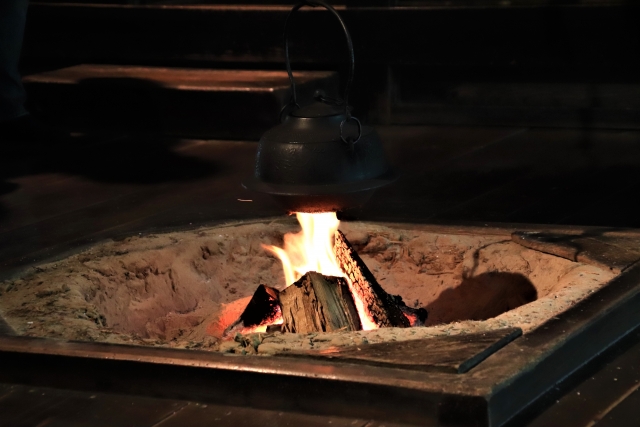
Hideyo Noguchi experienced a severe accident in his early childhood. At the age of one and a half, he fell into a hearth and suffered severe burns, resulting in the fusion of the fingers on his left hand. Despite this adversity, he worked hard and excelled in elementary school. During his time at school, with the support of his teachers and classmates, he had the opportunity to undergo surgery on his left hand performed by Dr. Kanae Watanabe. This surgery sparked his strong interest in the medical profession.
Determined to become a doctor, Noguchi began working as an apprentice at Kaiyō Hospital in Fukushima Prefecture. He studied diligently, often sacrificing sleep, to prepare for the national medical examination. His dedication and passion laid the foundation for his future achievements.
Moving to Tokyo and Becoming a Doctor
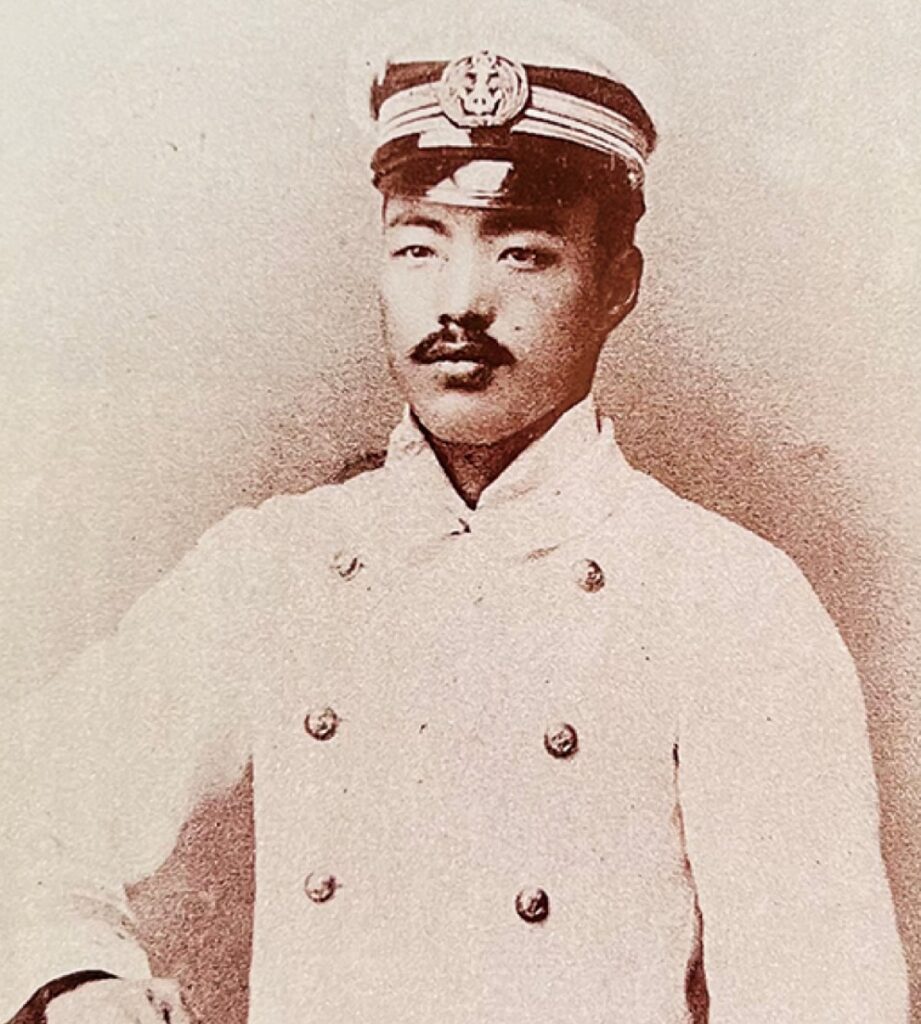
At the age of 19, Hideyo Noguchi moved to Tokyo to pursue his goal of becoming a doctor. He took the medical practice examination, passing both the preliminary and final exams, and successfully obtained his medical license. However, realizing that his childhood injury to his left hand would hinder his ability to perform surgeries and other medical activities adequately, Noguchi decided to pursue a career in research instead. To gain diverse experience in the medical field, he worked at several institutions, including Takayama Dental School, Juntendo Hospital, the Institute for Infectious Diseases, and the Yokohama Quarantine Station.
Working at the Yokohama Quarantine Station played a significant role in his medical career. During his time there, he discovered a case of plague, and his efforts were recognized, leading to his assignment to Niuzhuang in China as part of the International Sanitation Board. His abilities in English and Chinese were highly valued, and his performance in quarantine activities was so impressive that he was requested to stay longer. It was also during this time that he changed his name from Seisaku to Hideyo, marking a new chapter in his life.
First Trip to America
In 1900, Hideyo Noguchi moved to America, relying on Dr. Simon Flexner, whom he had met at the Institute for Infectious Diseases. His research on snake venom in America was highly regarded, leading to a scholarship to study at the State Serum Institute in Denmark. In Denmark, he studied the fundamentals of bacteriology before returning to America.
Upon his return, Noguchi joined the Rockefeller Institute for Medical Research, where Dr. Flexner was the director. There, he conducted groundbreaking research on the syphilis spirochete, earning international acclaim and even being nominated for the Nobel Prize. This success solidified his position as a full member of the Rockefeller Institute, where he continued to conduct significant research.
Letter from His Mother Urging Him to Return
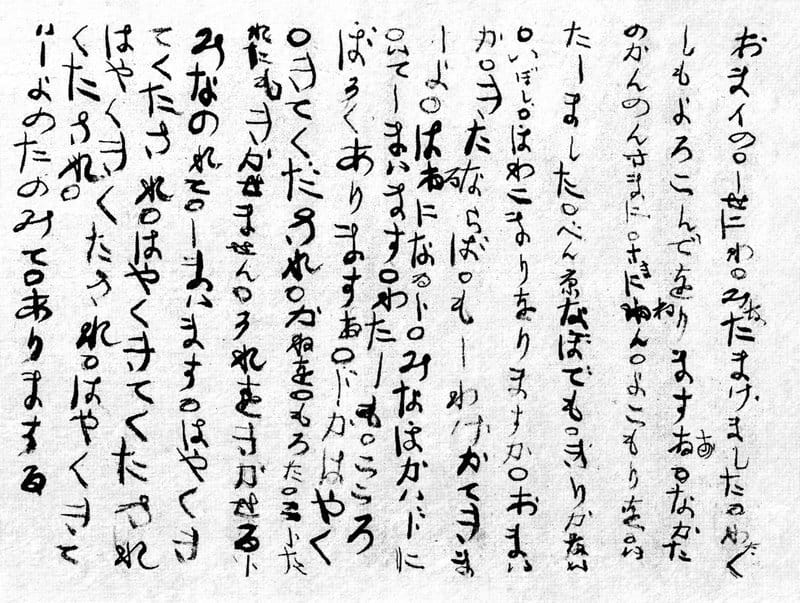
In 1912, while Hideyo Noguchi was building his career in research and academia in America, he received a letter from his mother, Shika. In the letter, she expressed her longing for her distant son to return home, using the few words she remembered from her childhood. Upon receiving this letter, Noguchi was overcome with tears, feeling a deep sense of guilt for not having been more filial.
At the time, Noguchi had planned lectures and research activities in Europe, preventing him from immediately returning to Japan. Ultimately, it would take three years after receiving the letter before he could return home.
Return Home After 15 Years
In 1915, Hideyo Noguchi was awarded the Imperial Academy Prize but was in America at the time. His mentor, Dr. Morinosuke Chiwaki, accepted the award on his behalf. Shortly after, Noguchi received a photograph of his mother and a letter urging him to return, sent by his former colleague, Saburō Ishizuka. Shocked by his elderly mother’s appearance in the photograph, Noguchi immediately decided to return to Japan after 15 years abroad.
During the approximately two months he spent in Japan, Noguchi was busy with lectures and welcome events, but he also took the opportunity to travel with his mother and mentor, visiting Tokyo, Kansai, and other places to express his filial gratitude. This return trip allowed Noguchi to reunite with his family and celebrate his achievements in his homeland.
Heading Overseas Again for Yellow Fever Research

Hideyo Noguchi was known for his extraordinary diligence and overwhelming passion. Throughout his life, Noguchi carried the significant handicap of a severe burn injury he suffered as a child. Despite the serious damage to his left hand, he pursued his dream of becoming a doctor with relentless determination and intense study. Noguchi left the famous quote, “Genius is one percent inspiration and ninety-nine percent perspiration,” reflecting his belief in studying three, four, or five times harder than others. This statement was no exaggeration, as he was known to study with an intensity beyond what most people could imagine.
Noguchi’s immense passion and effort extended beyond his studies into his research. His research style was extremely focused, and as he progressed, he often sacrificed sleep and meals to immerse himself in his work. Noguchi declared, “If Napoleon could do it, so can I,” and frequently functioned on just three hours of sleep a day. His work ethic was so intense that international colleagues in his laboratory wondered if Japanese people ever slept, amazed by his dedication.
The Cause of Hideyo Noguchi’s Death
Hideyo Noguchi is said to have died of yellow fever in 1928. As a member of the Rockefeller Institute for Medical Research, he was involved in yellow fever research. In 1927, he received the tragic news that his colleague Dr. Stokes, who had been conducting yellow fever research in Nigeria, had died of the disease. Noguchi decided to go to Africa, despite objections from those around him, and traveled to Accra, Ghana.
In Accra, he used over 400 experimental monkeys to study the yellow fever pathogen, extending his initial three-month stay to six months. Just as he was about to return home after making progress in identifying the cause, Noguchi himself contracted yellow fever and died ten days after infection.
However, there are some uncertainties about Noguchi’s death. At the time of his death, yellow fever was not prevalent in Accra, leaving the infection route unclear. Some suggest that Noguchi might have accidentally infected himself while handling monkeys or cutting himself with a scalpel during dissection. Additionally, Noguchi had previously contracted and recovered from yellow fever, which should have provided lifelong immunity, raising questions about his sudden severe illness and death. His last words, “I don’t understand,” indicate his confusion about his situation. There are also theories that he might have died from syphilis, which he had previously studied, or that he was intentionally injected with yellow fever pathogens, suggesting foul play.
Hideyo Noguchi’s Personality
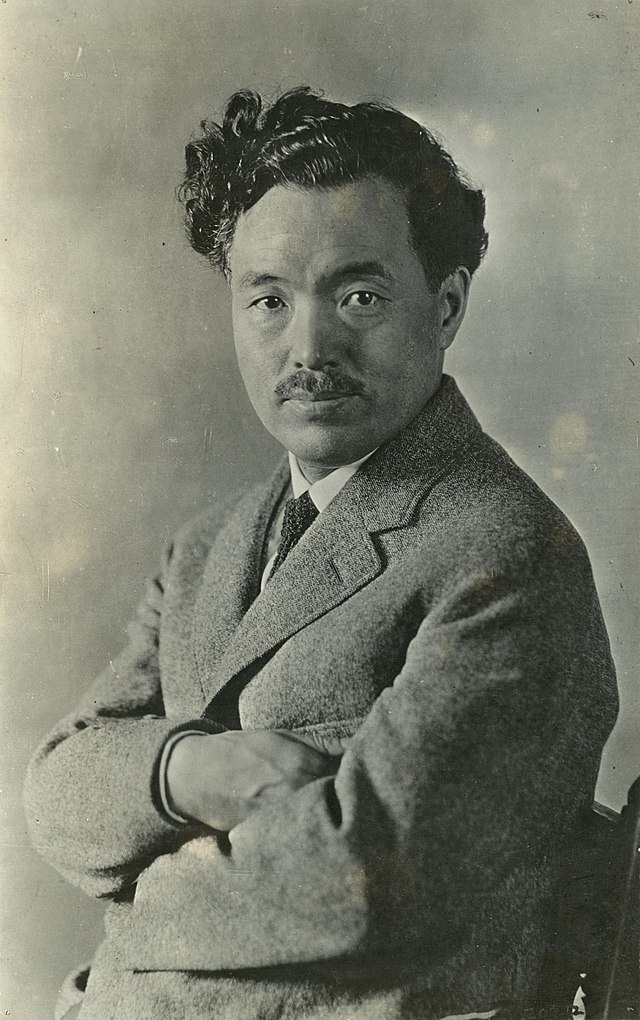
Hideyo Noguchi was known for his extraordinary diligence and overwhelming passion. Throughout his life, he carried the significant handicap of a severe burn injury he suffered as a child. Despite the serious damage to his left hand, he pursued his dream of becoming a doctor with relentless determination and intense study. Noguchi left the famous quote, “Genius is one who can do ten things to one,” which reflects his belief in studying three, four, or five times harder than others. This statement was no exaggeration, as he was known to study with an intensity beyond what most people could imagine.
Noguchi’s immense passion and effort extended beyond his studies into his research. His research style was extremely focused, and as he progressed, he often sacrificed sleep and meals to immerse himself in his work. Noguchi declared, “If Napoleon could do it, so can I,” and frequently functioned on just three hours of sleep a day. His work ethic was so intense that international colleagues in his laboratory wondered if Japanese people ever slept, amazed by his dedication.
Noguchi’s life teaches us that overwhelming passion and effort are essential to achieve anything significant. His words and achievements continue to inspire many scientists and students today.
Noguchi’s overwhelming passion and effort were evident not only in his studies but also in his research. His research style was highly concentrated, and as his work progressed, he would forgo sleep and meals to focus entirely on his research. Noguchi once declared, “If Napoleon could do it, so can I,” and he often got by on just three hours of sleep a day. His work ethic was so intense that his international colleagues in the lab would often remark, “Do Japanese people ever sleep?” They were astonished by his dedication.
Noguchi’s life demonstrates that achieving anything significant requires immense passion and effort. His words and accomplishments continue to inspire many scientists and students today. His legacy is a testament to the power of perseverance and dedication.
Anecdotes about Hideyo Noguchi
Finally, let’s take a look at some anecdotes about Hideyo Noguchi. He has many interesting stories that are worth noting!
The Debt King Who Spent His Tuition on Women
Hideyo Noguchi is highly regarded for his research achievements and relentless work ethic, but he also had some surprising troubles. While studying in Tokyo, where he was known as Seisaku, he borrowed money to cover his tuition but astonishingly spent it on women. This behavior shocked those around him, and Noguchi himself realized that his future as a doctor was at risk. To solve this crisis, he consulted his mentor, Dr. Morinosuke Chiwaki. Although Chiwaki was not wealthy, Noguchi persuaded him to negotiate a salary increase with the hospital director, with the promise of financial aid if the negotiation succeeded.
The proposal worked, and when Chiwaki secured the raise, Noguchi received the necessary funds. Although Chiwaki thanked Noguchi for helping him get a raise, he must have had mixed feelings about the situation.
The Story Behind Changing His Name to “Hideyo”
The reason behind Noguchi changing his name from “Seisaku” to “Hideyo” involves a unique anecdote. At the time, a popular novelist, Shōyō Tsubouchi, wrote a story featuring a morally questionable medical student named “Nonoguchi Seisaku,” who frequently visited brothels and accrued debt. Worried that he might be mistaken for the character due to the similar name, Noguchi devised an ingenious plan. He approached another “Noguchi” family in his hometown and proposed adopting the name “Seisaku” as their own, which they agreed to. This created a situation where two people with the name “Noguchi Seisaku” existed in the same village. Noguchi then petitioned the local authorities, citing this confusion as the reason to change his name.
The authorities approved his request, and Noguchi officially changed his name to “Hideyo.” This clever strategy showcased Noguchi’s quick thinking and persuasive skills.
Spent His Study Abroad Funds on Women, Resulting in a Marriage Scam
Determined to study in America, Noguchi once again faced financial difficulties. He had squandered a substantial salary earned from work in China on women and alcohol, leaving him short of funds for his journey to the United States. To resolve this, he met a woman named Masuko Saitō, who aspired to become a doctor, and proposed marriage. He used the dowry he received from Masuko to finance his trip to America. While he was highly regarded for his research on snake venom in the United States, Masuko sent him letters urging him to return and marry her.
Noguchi, however, wanted to break off the engagement and sent letters belittling her appearance, intelligence, and ambition, hoping to end the relationship. Ultimately, his mentor Dr. Morinosuke Chiwaki intervened again, covering the dowry and resolving the issue.
Surprisingly Short Stature
Hideyo Noguchi is widely known for his research achievements, but less attention is given to his physical characteristics. Like many historical figures, Noguchi was surprisingly short. He stood at 153 cm (about 5 feet) tall, and his shoe size was 23 cm (about 9 inches). This small stature influenced his daily life, as evidenced by an anecdote where his wife allegedly threw him during a quarrel.
Friends with Edison?
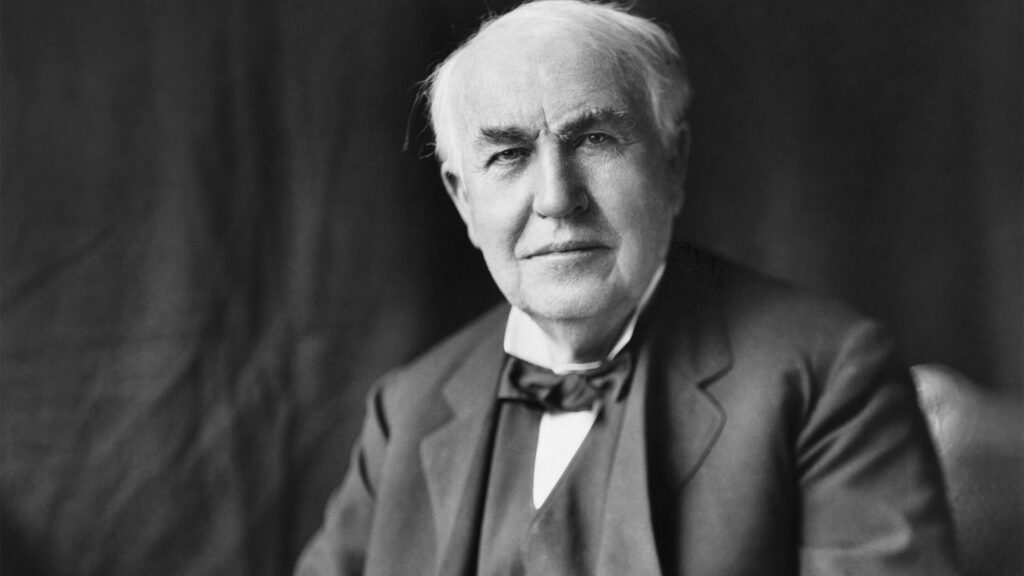
Hideyo Noguchi is known not only for his medical achievements but also for his extensive interactions with prominent figures worldwide. His international friendships highlight that his influence extended beyond the scientific community.
One particularly memorable friendship was with the inventor Thomas Edison. Edison left Noguchi a message of encouragement: “If there are people who do not succeed, it is because they do not think and do not work hard.” This message reflects the shared spirit of effort and perseverance between the two men, showing their mutual respect as comrades who paved their paths to success.
Additionally, Noguchi was friends with the adventurer and aviator Charles Lindbergh. Lindbergh, known for his historic solo non-stop transatlantic flight, shared many commonalities with Noguchi in terms of their spirit of adventure and discovery. Their friendship is captured in photographs, indicating the mutual influence they had on each other despite working in different fields.
Reasons for Being Featured on the 1,000 Yen Bill
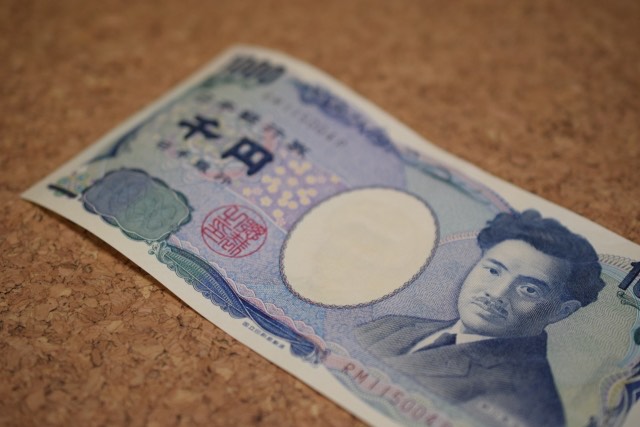
There are several reasons why Hideyo Noguchi was chosen as the portrait for the 1,000 yen bill. First, he was the first scientist to be featured on a Japanese banknote, reflecting the high regard for his academic achievements. Additionally, Hideyo Noguchi is a well-known cultural figure in Japan, appearing in textbooks and being widely recognized by the public. His passion and dedication throughout his life were expected to have a significant impact on the nation.
Moreover, during Noguchi’s time, Japan was suffering from extreme poverty. He was highly valued for prioritizing research over personal wealth, aiming to improve not only Japan but the entire world through his work. These factors collectively led to his selection as the face of the 1,000 yen bill.
Summary
What do you think? This time, we have looked into Hideyo Noguchi. Despite the handicap of a burn injury to his left hand in his childhood, he forged his path through effort and passion, a trait that contemporary Japanese people should emulate. He is a great figure that Japan can proudly present to the world. On the other hand, his careless attitude towards money and women is a surprising aspect of his personality.
Our site also introduces various aspects of Japanese history and culture besides Hideyo Noguchi. If you are interested, please feel free to read our other articles as well!



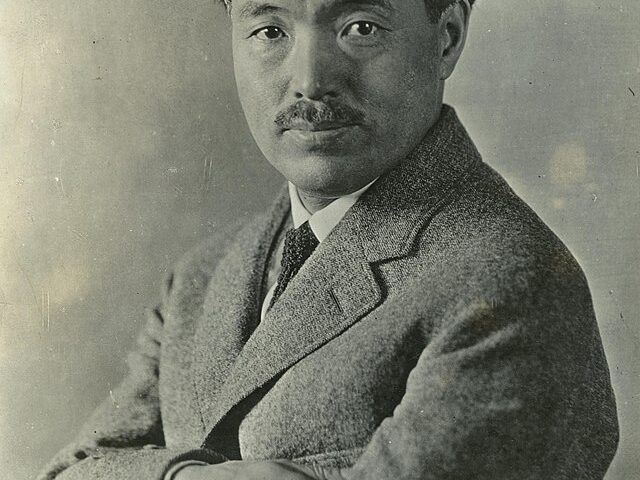
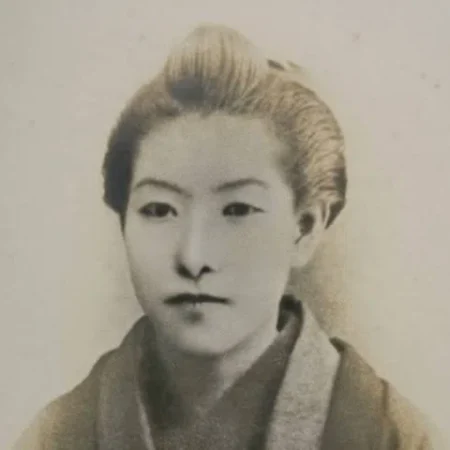
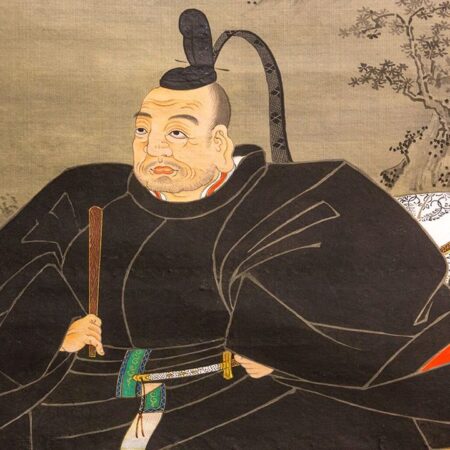
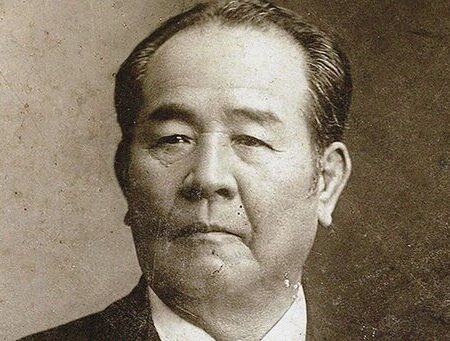
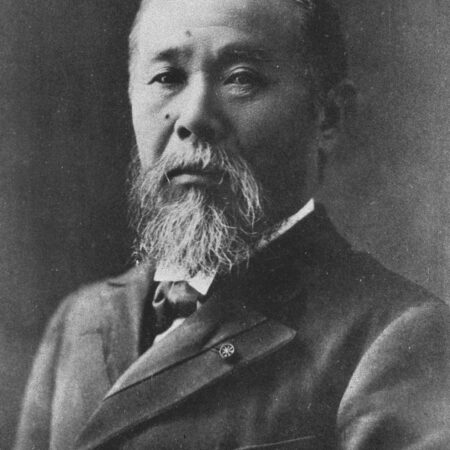
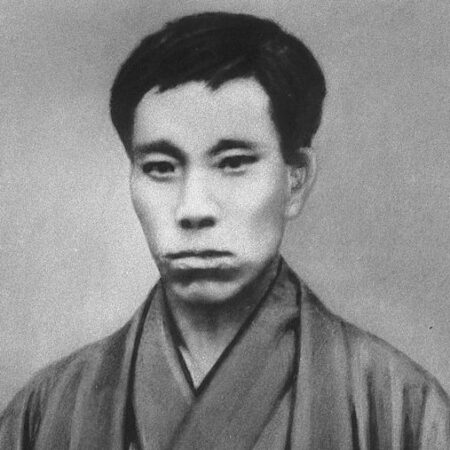
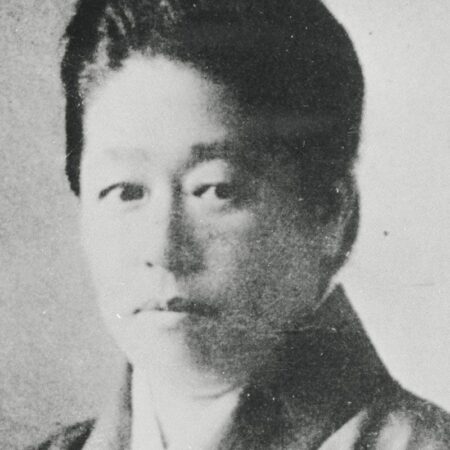
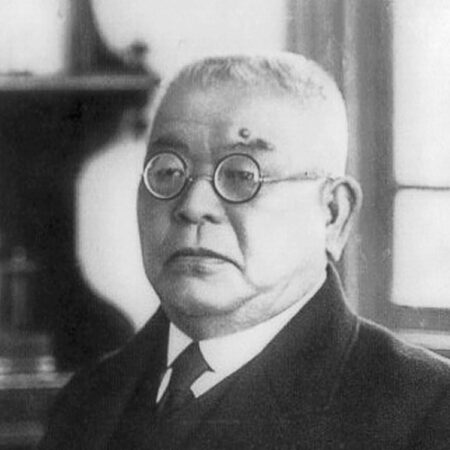
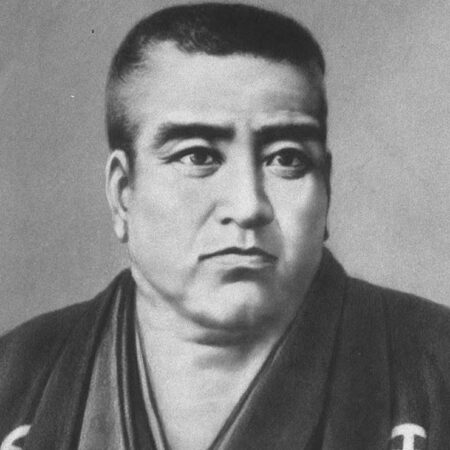



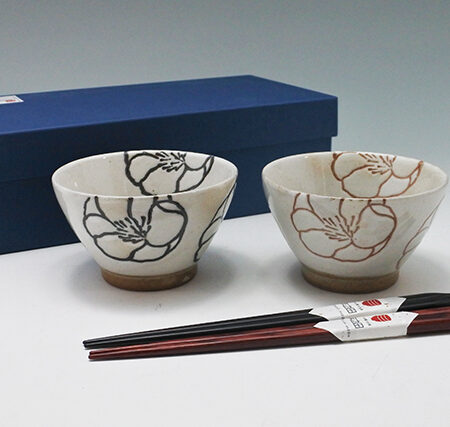
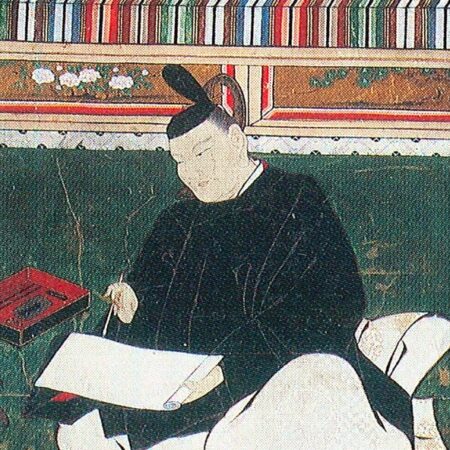
コメント